Table of Contents
- Exploring the Depth of Imagery in Poetry
- Unlocking the Power of Metaphor and Simile
- The Role of Personification in Evoking Emotion
- Crafting Unique Voices Through Alliteration and Assonance
- Tips for Integrating Figurative Language in Your Own Poems
- Q&A
- Closing Remarks
Exploring the Depth of Imagery in Poetry
The richness of imagery in poetry unfurls like a vibrant tapestry, offering readers a glimpse into the poet’s imagination. Imagery serves as a bridge, connecting the reader to emotions and experiences that resonate on multiple levels. By utilizing figurative language, poets embrace metaphors, similes, and personification, weaving complex visual and auditory landscapes that linger long after the final line is read. For example, phrases that evoke specific scents, sounds, or textures transport readers, allowing them to feel as if they are stepping into a new realm of understanding.
Building a poem through imagery invites the use of distinctive devices that enhance the core message, each adding layers of meaning. A carefully crafted metaphor can encapsulate profound truths about love, loss, or nature, while similes provide relatable comparisons that ground abstract concepts. This intricate dance of words not only paints vivid pictures but also invokes sensations that evoke memory and reflection. Consider the following examples of different types of imagery:
| Type of Imagery | Example |
|---|---|
| Visual | “The sun dipped below the horizon, a molten gold melting into the sea.” |
| Auditory | “Whispers of the leaves danced in the twilight breeze.” |
| Tactile | “The rough bark of the ancient oak pressed against her palm.” |
Through these vivid descriptions, the poet creates a space where the reader can visualize scenes, hear the subtle interactions of nature, and even feel the textures that are brought to life. This sensorial engagement enriches the reading experience, inviting readers not just to observe, but to participate in the unfolding narrative. By exploring the depth of imagery, poets craft powerful connections between their words and the human experience, illustrating how language elevates poetry beyond mere words on a page.
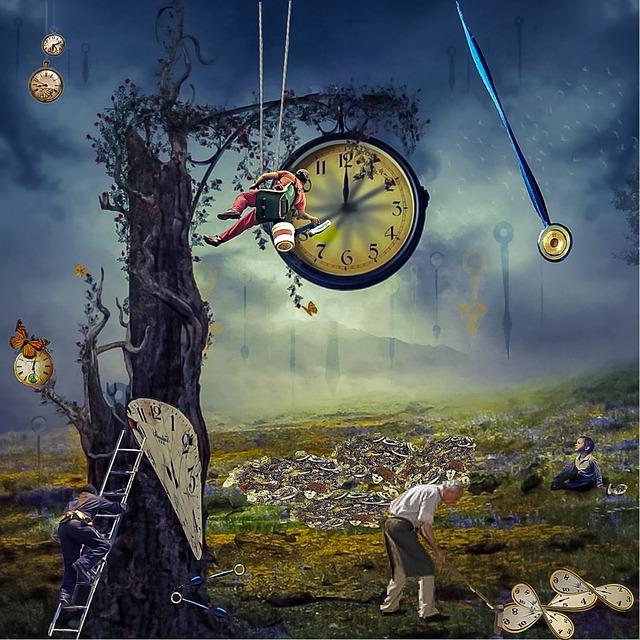

Unlocking the Power of Metaphor and Simile
Figurative language enriches poetry, transporting readers beyond the literal and inviting them to experience emotions and imagery on a deeper level. Two powerful tools in this arsenal are metaphors and similes. A metaphor draws a direct comparison between two unlike things, asserting that one is the other, while a simile gently parallels them using “like” or “as.” This nuanced language paints vivid pictures and evokes feelings, creating a lasting impact. For example, a metaphor could say, “Time is a thief,” suggesting that time stealthily robs us of moments. In contrast, a simile might express, “Time is like a flowing river,” emphasizing its relentless passage with an illustrative touch.
In crafting poems, utilizing these devices can breathe life into mundane descriptions. When deployed skillfully, metaphors and similes can transform a simple theme into an evocative experience. Consider the following examples:
- Metaphor: “Her smile was a beacon in the fog of despair.” This imagery suggests hope where darkness prevails.
- Simile: “He fought like a lion, fierce and unyielding.” This comparison enhances the intensity of the struggle.
- Metaphor: “Life is a stage, and we are merely players.” This invites reflection on the roles we play in our existence.
- Simile: “His words were as sharp as knives.” This description highlights the potential harm of harsh words.
To maximize the impact of metaphors and similes, poets can create a structured approach. Below is a simplified table presenting key elements for crafting effective figurative expressions:
| Element | Description |
|---|---|
| Clarity | The comparison should be easily understood by the reader. |
| Imagery | Use vivid descriptions to evoke sensory experiences. |
| Emotion | Connect emotionally with the audience through relatable experiences. |
| Originality | Avoid clichés to ensure a fresh perspective. |
By thoughtfully integrating metaphors and similes, poets can unlock new dimensions within their work, transforming the reader’s experience into a rich tapestry of vibrant imagery and profound emotion.


The Role of Personification in Evoking Emotion
Personification breathes life into the inanimate, allowing readers to forge a deeper connection with the text. By attributing human qualities to objects or abstract concepts, writers can evoke emotions that resonate on a personal level. This technique not only enriches imagery but also makes complex themes more relatable. For instance, depicting time as an “unforgiving monster” can create a palpable sense of dread, drawing the reader into the emotional landscape of the poem.
Moreover, personification serves as a gateway to understanding emotions on a fundamental level. When a poet describes the ”whispering winds” or “weeping trees,” the imagery transcends mere description, engaging the reader’s senses and inviting them to feel alongside the poem. This emotional engagement occurs through the evocation of vivid sensations, as the reader imagines these personified elements interacting with the world around them. The contrast between human emotions and non-human subjects can illuminate feelings of loneliness, joy, or nostalgia, adding layers of meaning to the writing.
Consider the following table that highlights common emotions evoked through personification in poetry:
| Personified Element | Emotion Evoked |
|---|---|
| Stormy clouds | Anger |
| Gentle breeze | Calmness |
| Fading light | Melancholy |
| Raging river | Fear |
Through effective use of personification, poets can evoke a spectrum of emotions that deepen the reader’s experience. By transforming everyday elements into characters with feelings, poets bridge the gap between the reader’s reality and the thematic essence of their work. Ultimately, this figurative language not only enhances the aesthetic quality of poetry but also reinforces the emotional connections we seek in literature.
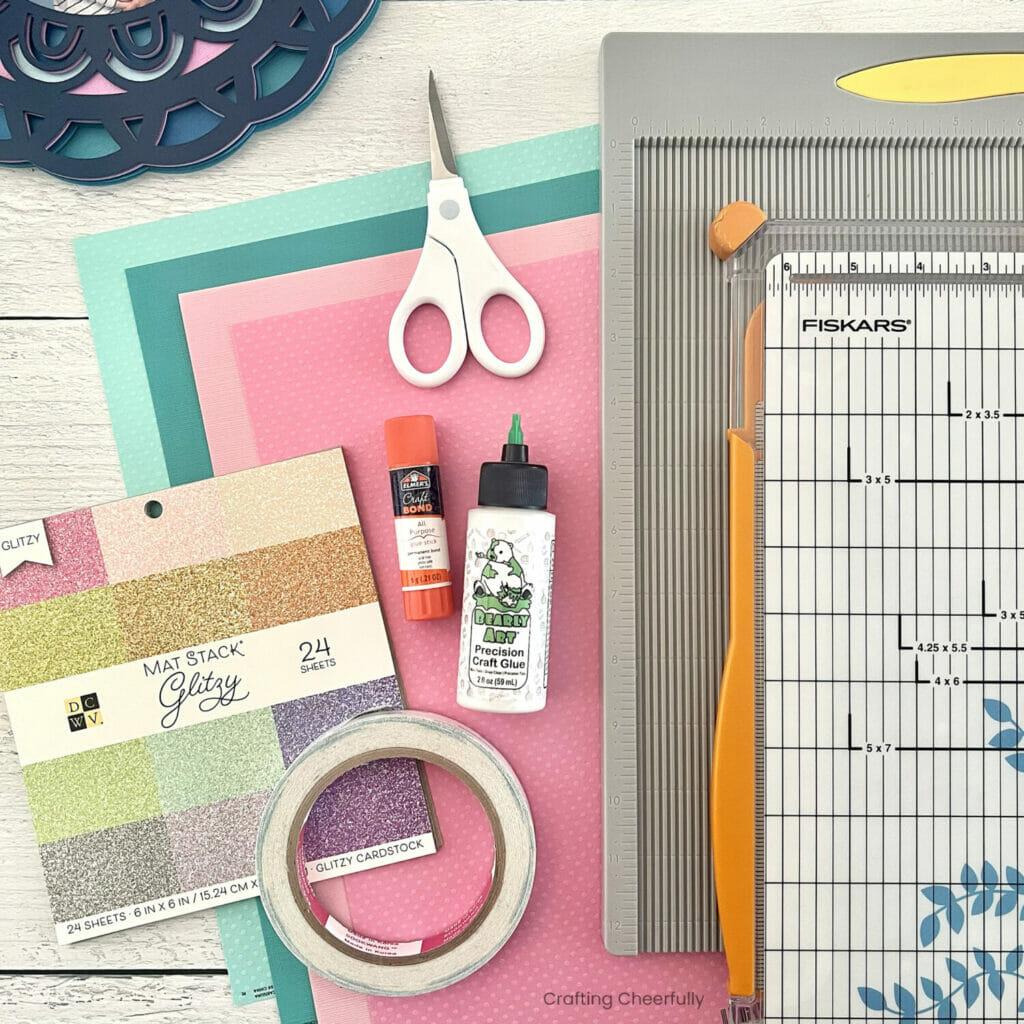

Crafting Unique Voices Through Alliteration and Assonance
Alliteration and assonance are two powerful tools that poets use to create rhythm, enhance meaning, and craft a unique voice in their writing. Alliteration, the repetition of consonant sounds at the beginning of closely placed words, can bind phrases together, producing a musical quality that captivates readers. Examples include phrases like “whispering winds” and “dancing daisies,” which evoke vivid imagery and emotions, drawing the audience deeper into the poem’s world.
On the other hand, assonance, which involves the repetition of vowel sounds, plays a crucial role in shaping the poem’s melodic flow. This technique allows for a fluidity that can mirror the thematic undertones of the piece. Consider the phrase “the sky is high and shy,” where the repeated “i” sound not only connects the words but also conveys a sense of longing and elusiveness. Through both techniques, poets can craft lines that resonate within, creating an auditory experience that enhances the reader’s engagement.
Integrating these elements into poetry encourages readers to pause and reflect on the sounds and meanings woven into the lines. Here is a simple table illustrating the distinctive qualities of alliteration and assonance:
| Technique | Definition | Effects |
|---|---|---|
| Alliteration | Repetition of consonant sounds at the beginning of words | Creates rhythm and enhances memorability |
| Assonance | Repetition of vowel sounds within closely placed words | Establishes a lyrical quality and emotional connection |
By masterfully blending alliteration and assonance, poets can infuse their works with a distinct voice that echoes in the hearts and minds of their audience.
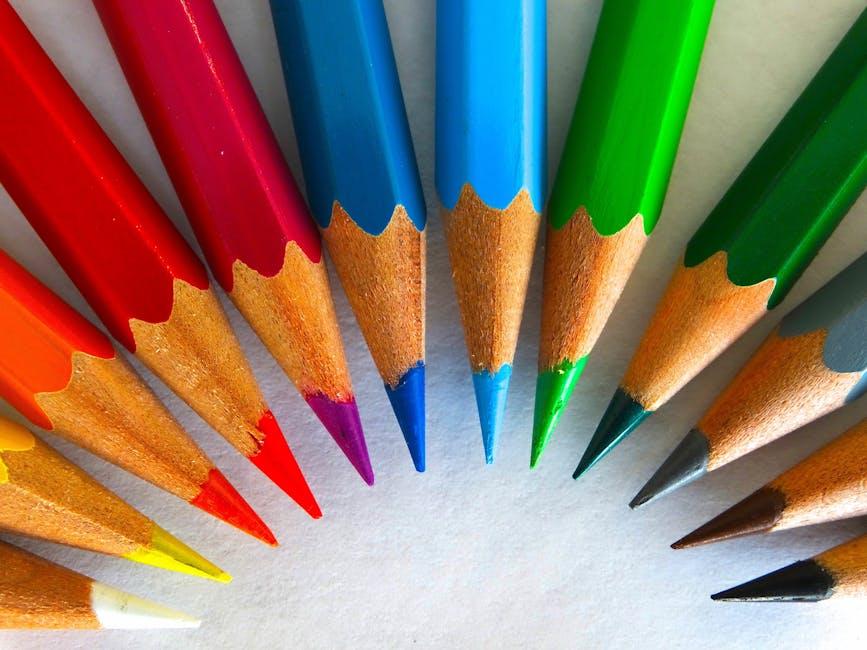

Tips for Integrating Figurative Language in Your Own Poems
Integrating figurative language into your poetry can elevate your writing, making it resonate more deeply with readers. One effective approach is to start with strong images that evoke specific sensations. For example, instead of saying “the sun set,” you might write “the sun dipped below the horizon like a painter’s brushstroke merging into twilight.” This technique encourages readers to visualize your words, creating a vivid mental picture.
Consider using metaphors and similes to draw comparisons that reveal hidden meanings. For instance, describing time as “a thief, stealthily stealing moments” not only adds depth but also instills a sense of urgency and loss. Additionally, don’t shy away from personification, where you give human attributes to inanimate objects. This brings your settings to life—imagine saying, “The old oak tree whispered secrets of the past,” allowing your audience to feel a connection beyond mere description.
Lastly, rhythm and sound are vital in poetry, so experiment with alliteration and assonance. Choose words that not only convey meaning but also create musicality—such as in “the whispering winds wove through the willows.” To keep your poem dynamic, you can create a small table to brainstorm words that evoke different sounds related to your themes:
| Sound Type | Example Words |
|---|---|
| Alliteration | Whispering, Winds, Willows |
| Assonance | Dream, Beam, Stream |
| Onomatopoeia | Buzz, Crash, Whisper |
By combining these elements, you can create poetry infused with emotion and imagery that strokes the heart and stirs the imagination.
Q&A
Q&A: Understanding Poems Using Figurative Language
Q1: What is figurative language in poetry? A1: Figurative language is a way of expressing ideas indirectly, using vivid imagery and comparisons to convey deeper meanings. It includes devices like metaphors, similes, personification, and hyperbole, allowing poets to evoke emotions and paint pictures in the minds of their readers.Q2: Why do poets use figurative language? A2: Poets use figurative language to enrich their writing, helping to create a multi-layered experience. It adds nuance and emotion, allowing readers to connect with the poem on a deeper level. This language engages the imagination, making the ordinary extraordinary and providing fresh perspectives.
Q3: Can you give examples of figurative language in poems? A3: Certainly! Here are a few examples:
- Metaphor: “Time is a thief,” suggests that time steals moments from our lives.
- Simile: “She danced like a leaf in the wind,” creates a vivid image of lightness and grace.
- Personification: “The wind whispered secrets through the trees,” gives human qualities to the wind, enhancing the imagery.
Q4: How does figurative language affect the overall meaning of a poem? A4: Figurative language deepens the reader’s understanding and interpretation of a poem. It can shift the tone, create mood, and reflect themes in a way that straightforward language might not achieve. For instance, a simple description can become profound when wrapped in metaphor, prompting readers to ponder the underlying message.
Q5: How can I identify figurative language in a poem? A5: Look for phrases that don’t make literal sense or that evoke strong imagery. Identify elements that seem exaggerated or personified. Analyzing the poem’s context and themes can also reveal how the figurative language enhances the overall meaning.
Q6: Are there any tips for writing a poem with figurative language? A6: Absolutely! Here are some tips:
- Start with a central idea: Focus on the theme or emotion you want to convey.
- Use sensory details: Incorporate sight, sound, touch, taste, and smell to make your imagery come alive.
- Experiment with comparisons: Don’t be afraid to combine metaphors and similes to explore your theme creatively.
- Read widely: Explore various poets and styles to gather inspiration and understand different uses of figurative language.
- Revise: Don’t hesitate to edit your metaphors or imagery for clarity and impact.
Q7: How does the use of figurative language impact readers’ feelings? A7: Figurative language often evokes a stronger emotional response. By playing with visuals and associations, poets can make readers feel joy, sorrow, nostalgia, or anticipation. It allows for an emotional experience that resonates beyond the literal words, cementing the message in the reader’s heart and mind.
Feel free to ask more questions or dive deeper into specific aspects of figurative language in poetry!

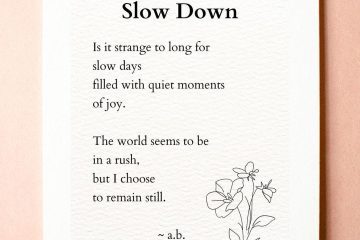

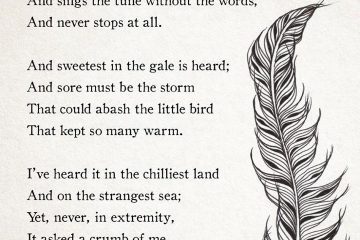
0 Comments